Did you know that some cryptocurrencies are tied to real-world tangible assets like gold and the US dollar? Here's everything you need to know about cryptocurrencies backed by gold and USD.
Cryptocurrencies such as Bitcoin or Ether are currently on the rise as they offer many benefits and huge investment opportunities. One of the main attractions of digital currency is the unique environment that doesn't require intermediary parties to send or receive payments. However, there's one key drawback that often keeps people from investing.
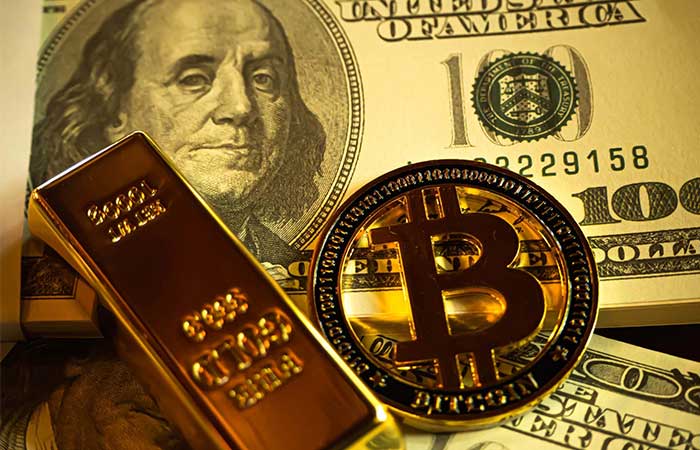
It comes from the fact that cryptocurrency prices are unpredictable and have a tendency to fluctuate rather extremely. Even the largest crypto, Bitcoin, has experienced massive volatility over the years. For instance, it has reached its peak point above $60,000 in early 2021 but dropped quite drastically in the following months before settling at around $30,000 in July.
See also: Bitcoin Price Today
To tackle the issue, many developers have thought and tried to stabilize cryptocurrencies by pegging them to various assets such as gold, the dollar, or other fiat currencies. This is a relatively new innovation, yet it has successfully grabbed the attention of many crypto enthusiasts and has been discussed many times in the community. In this guide, we'll learn about pegged digital currencies, particularly the ones backed by gold and USD.
Contents
Pegged Digital Cryptocurrencies in a Nutshell
Cryptocurrencies that are pegged to a certain asset are called stablecoins. As the name suggests, stablecoins are designed to stabilize unpredictable and volatile cryptocurrencies. How that stability is achieved varies depending on which asset is pegged to the crypto.
Stablecoins have become pretty famous over the last couple of years because it offers the instant processing and high security of privacy in the payments of cryptocurrencies while carrying the stable and less-volatile dynamic of fiat currencies. It basically represents a fast and inexpensive alternative to fiat currencies and a means of avoiding crypto's volatility.
Technically, any asset can be used as backing for a cryptocurrency, but the most obvious choice is probably gold and reliable fiat currencies like the US Dollar. Usually, the developer of the stablecoin will set up a "reserve" to store the asset that backs the stablecoin. For example, $1 million is stored in an old-fashioned bank to back up a million units of a stablecoin.
That is one way to peg a stablecoin with a real-world tangible asset. The asset in the reserve serves as collateral for the stablecoin, so if the stablecoin holder wishes to cash out their tokens, they will get an equal amount of the asset from the reserve.
Are There Any Drawbacks?
Stablecoins have several drawbacks to keep in mind. Because of the way they're set up, the problems are somewhat different than regular cryptocurrencies.
Firstly, holding large amounts of physical assets as collateral to the coin can cause a serious risk that must not be underestimated. Developers must trust and rely on third parties to store the asset that backs their digital currencies. In addition, the lack of transparency can cause investors to wonder if the developer really owns the collaterals that they claim to have, like in the case of Tether. The concept of using intermediary companies is also in contrast to the purpose of cryptocurrency and its decentralized nature. By involving third parties in the system, some stablecoins are bringing the issue back into the mix.
Another problem is that there's no chance of profit to be gained from either buying or selling the digital tokens, as the value will remain the same as fiat currency from time to time.
Gold-Pegged Cryptocurrencies
The idea of creating a gold-pegged digital currency has existed since the early days of the modern financial era. For instance, E-Gold emerged in 1996 as the first digital currency backed entirely by gold. It was operated by Gold & Silver Reserve Inc. and was hyped by millions of people worldwide until it was shut down a few years later.
Other attempts to create another digital gold currency have been made, but this was before the age of cryptocurrency. With Bitcoin's blockchain mechanism and security, a new era of gold-pegged digital currencies has emerged. Many developers are starting to offer their own tokens. Even countries are looking to issue their own gold-pegged cryptocurrency.
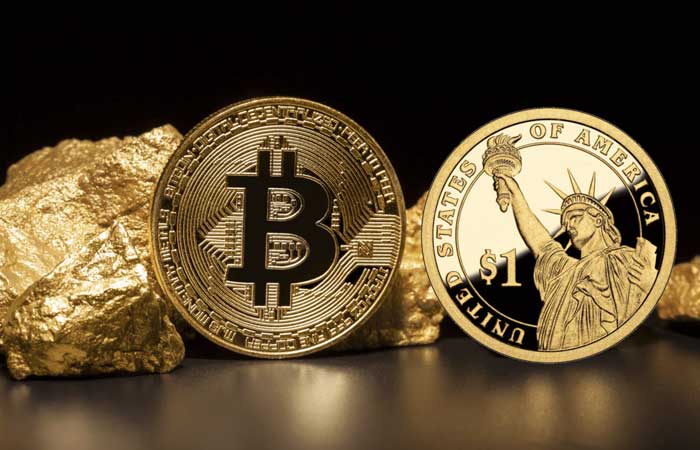
Fairly speaking, the basic concept is certainly attractive. Gold-pegged digital currencies link one token or coin to a specific quantity of gold (for example 1 coin equals 1 gram of gold). The gold itself must be stored in a secure reserve, typically by a third party. Tying the coin or token to gold means that the token's baseline or minimum value will always be equivalent to the fixed quantity of gold. So at the very least, if the digital currency flops then the value remains the same as the value of gold; it's like a built-in stop loss. On the other hand, if the cryptocurrency becomes popular, the coin's price can potentially rise even above the price of gold.
See also: Gold Price Today
However, there are some serious risks with gold-pegged digital currencies. While the blockchain secures the transactions of digital coins, securing the physically stored gold, especially in large numbers, is another matter. If the gold vanishes for any reason, so does the value of the coins. Thus, investors should be careful when examining who actually owns the gold that backs a particular cryptocurrency as well as how is it stored before investing. Transparency between the crypto developer, third-party holders of the gold, and investors is extremely crucial to ensure that the investment is safe.
USD-Pegged Cryptocurrencies
Fiat currency is perhaps the most common collateral for stablecoins. As the most reliable and stable fiat, the US dollar is the leading choice for many developers to back their cryptocurrencies. Tether (USDT) was the first stablecoin and introduced the concept of tying the value of a crypto coin with the US dollar, in which the value of 1 USDT is equal to $1. Similar to the concept of gold-pegged cryptocurrency, if the crypto fails for some reason, the value will remain the same, and investors can claim their share of fiat currency for the tokens they held.
As much as it was popular, Tether was also controversial. Over the years since it was launched in 2014, Tether has been criticized for failing to publish any documentation that could prove it was fully collateralized by the equivalent US dollar value. But even so, the incident didn't stop Tether from being one of the leading stablecoins to date.
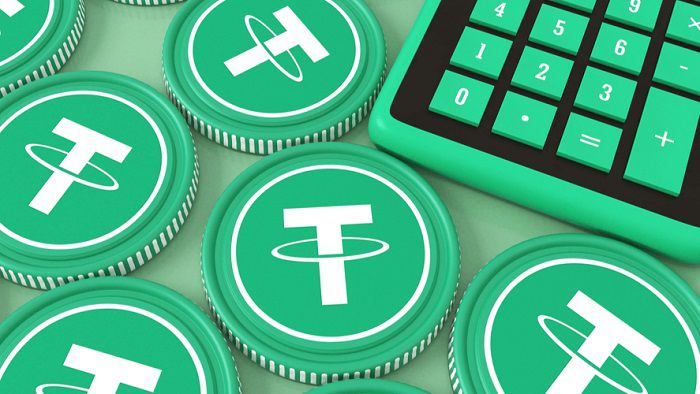
Despite being seen as a brilliant innovation in the industry, USD-pegged cryptocurrencies also have difficult challenges. The idea of storing large amounts of fiat currency in one place is risky. Besides, government regulators often do not take it lightly when firms are trying to make a new asset that is linked to the value of a central bank currency. Typically, USD-pegged cryptocurrencies can only be successful and supported once they obtain licenses from the government and maintain public records of their holdings.
Above all, the most essential thing for a USD-pegged cryptocurrency is investor demand. It is still unclear what advantages that investors can get for investing in USD-pegged stablecoins instead of regular fiat currency. Therefore, developers must be able to attract investors and convince them that using their digital coins is better than fiat currency. Even the top USD-pegged digital currencies have encountered this issue multiple times, with supply exceeding demand and the tokens themselves eventually collapsing.
Conclusion: Which One is Better?
By comparing the two, we can now see that gold-pegged and USD-pegged cryptocurrencies are actually quite similar. Both are stablecoins that aim to offer stability in a way that common cryptocurrencies can't, simultaneously giving higher mobility and accessibility than fiat currencies. By using stablecoins, you can enjoy the decentralized nature of cryptocurrency without having to worry much about volatility and extreme price drops.
If we are to choose among many different stablecoins, it is a good idea to observe how the underlying asset that backs the stablecoin is performing (in this case, gold and US dollar). A fiat-backed stablecoin is usually more stable because it is linked to a centralized financial system, which has an authority figure that can step in and control the prices during volatile periods.
However, we should note that they are relatively new in the industry and still have a limited track record. Keep in mind that stablecoins are built to stay steady, not necessarily soar in value. So if you're planning to invest in it, make sure to do it with realistic targets.

 Dedicated FREE FOREX VPS
Dedicated FREE FOREX VPS Free FOREX Virtual Private Server
Free FOREX Virtual Private Server MT4 Demo Contest, Get $500
MT4 Demo Contest, Get $500 Sign Up for an Account, Claim 60% Deposit Bonus
Sign Up for an Account, Claim 60% Deposit Bonus Free MT4/MT5 VPS 2024
Free MT4/MT5 VPS 2024 Send E-mail and Get Free Merchandise
Send E-mail and Get Free Merchandise $1K Refer a Friend Bonus for Pepperstone Pro clients
$1K Refer a Friend Bonus for Pepperstone Pro clients Maximize Your Earnings with 100% Deposit bonus
Maximize Your Earnings with 100% Deposit bonus Trade to Win, $5,000 Monthly Demo Contest
Trade to Win, $5,000 Monthly Demo Contest Claim 30% + 15% Deposit Bonus from LiteFinance
Claim 30% + 15% Deposit Bonus from LiteFinance
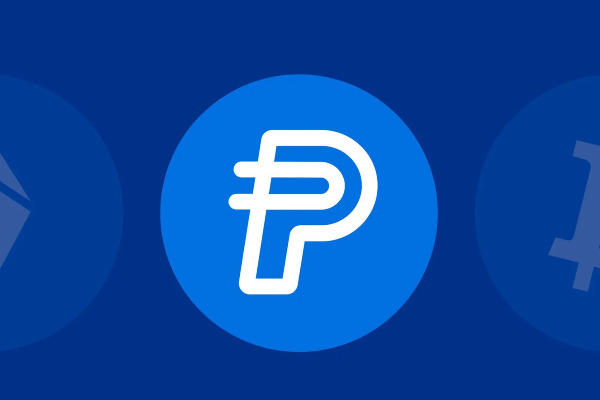
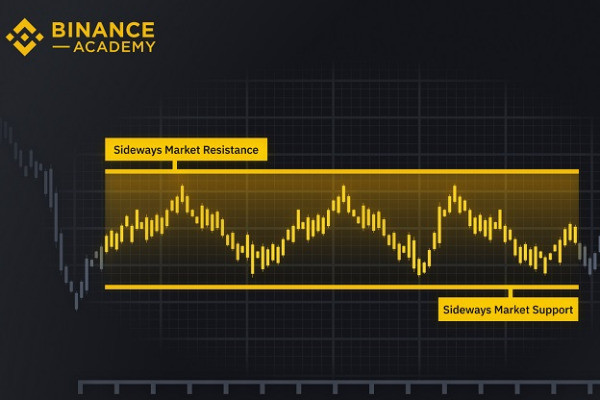
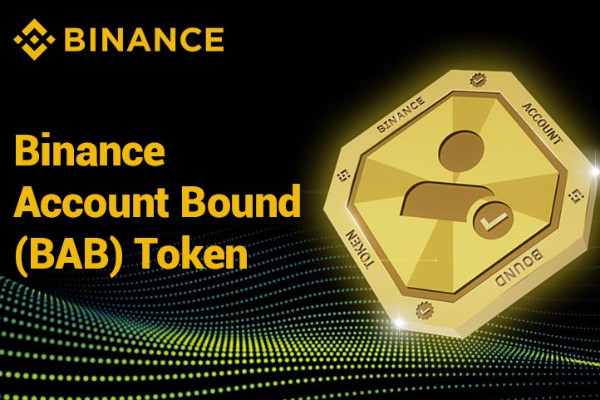

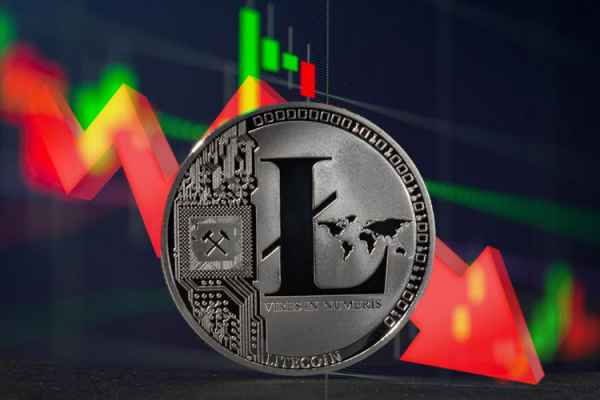

 Bitcoin
Bitcoin Ethereum
Ethereum Tether
Tether BNB
BNB Solana
Solana USDC
USDC XRP
XRP Dogecoin
Dogecoin Toncoin
Toncoin Cardano
Cardano